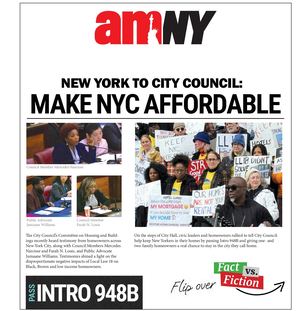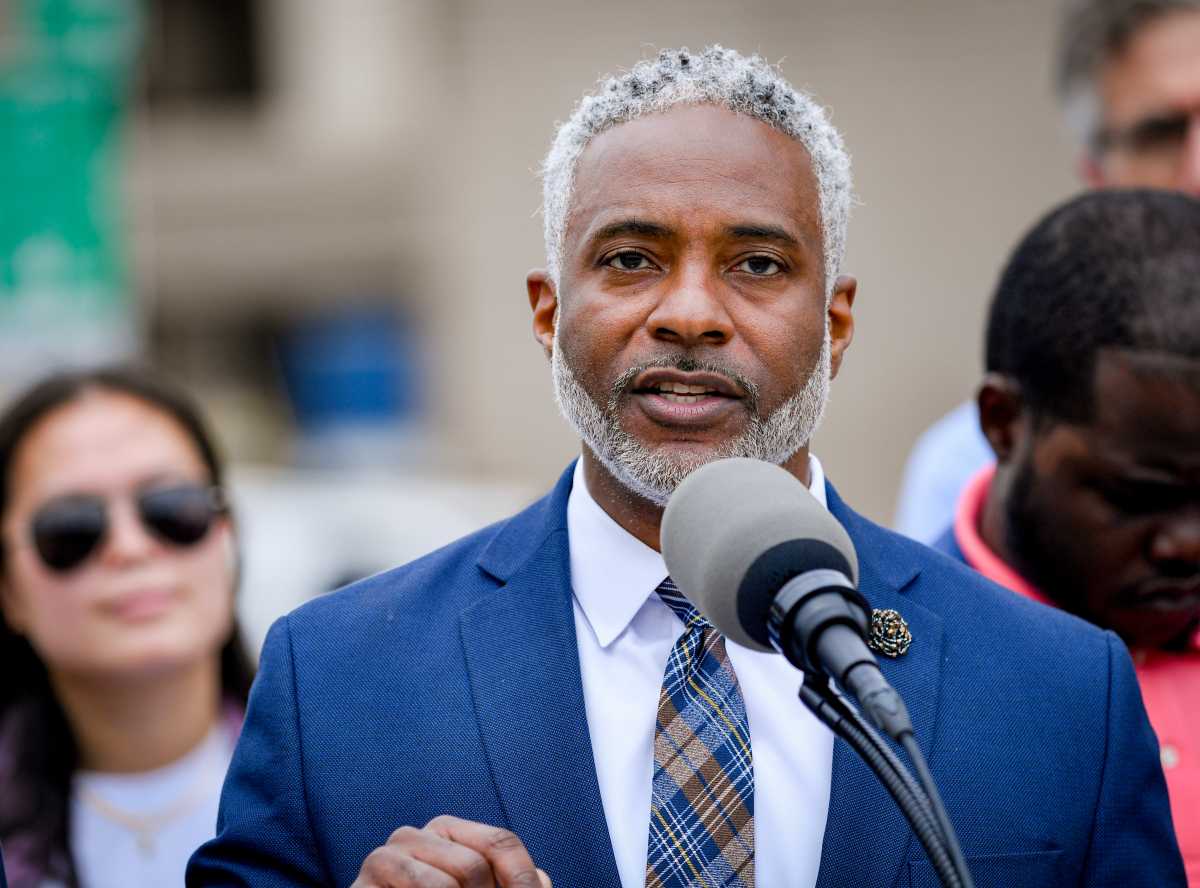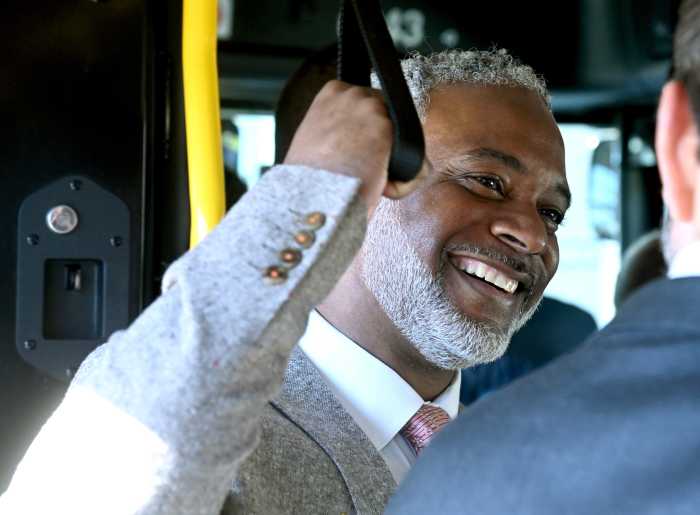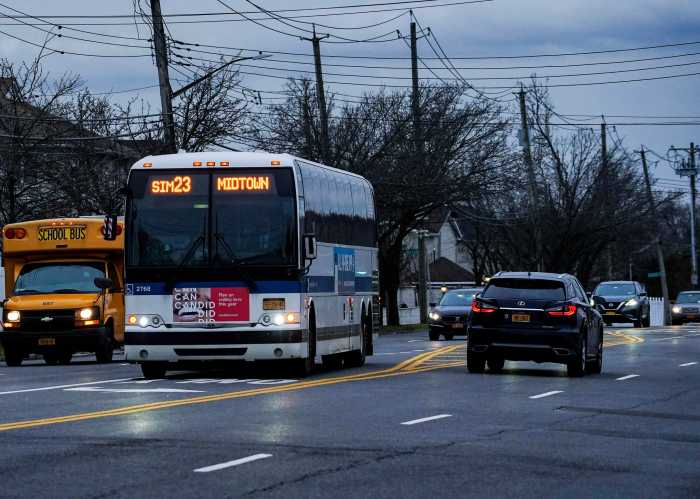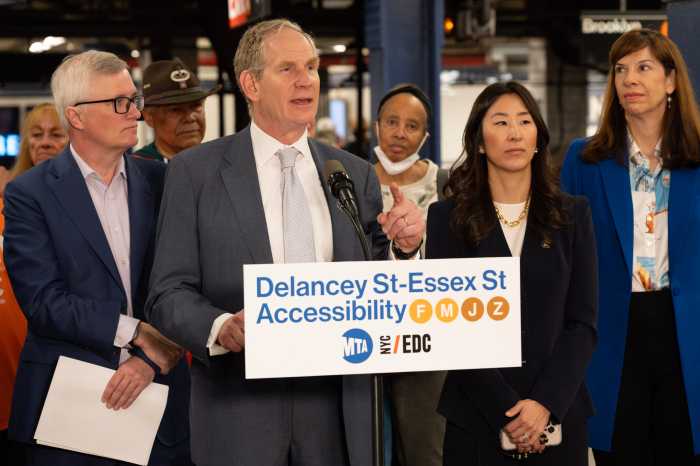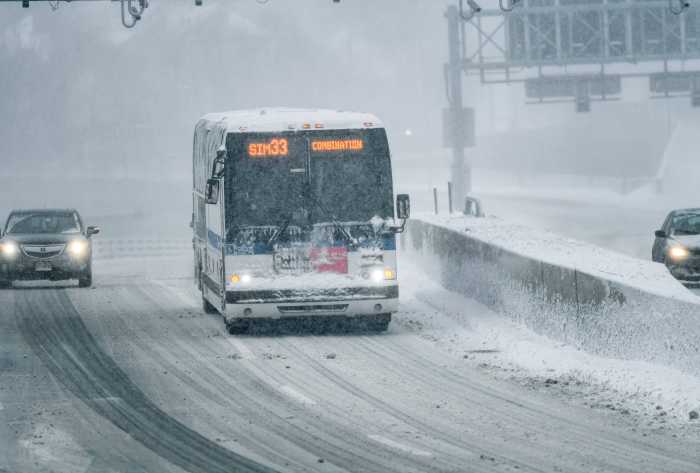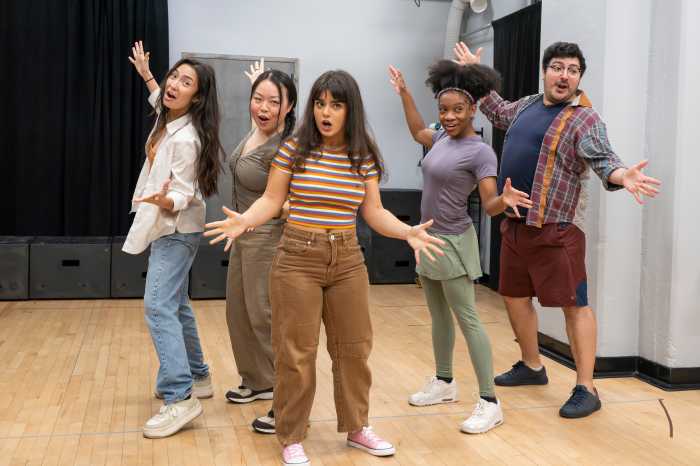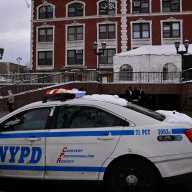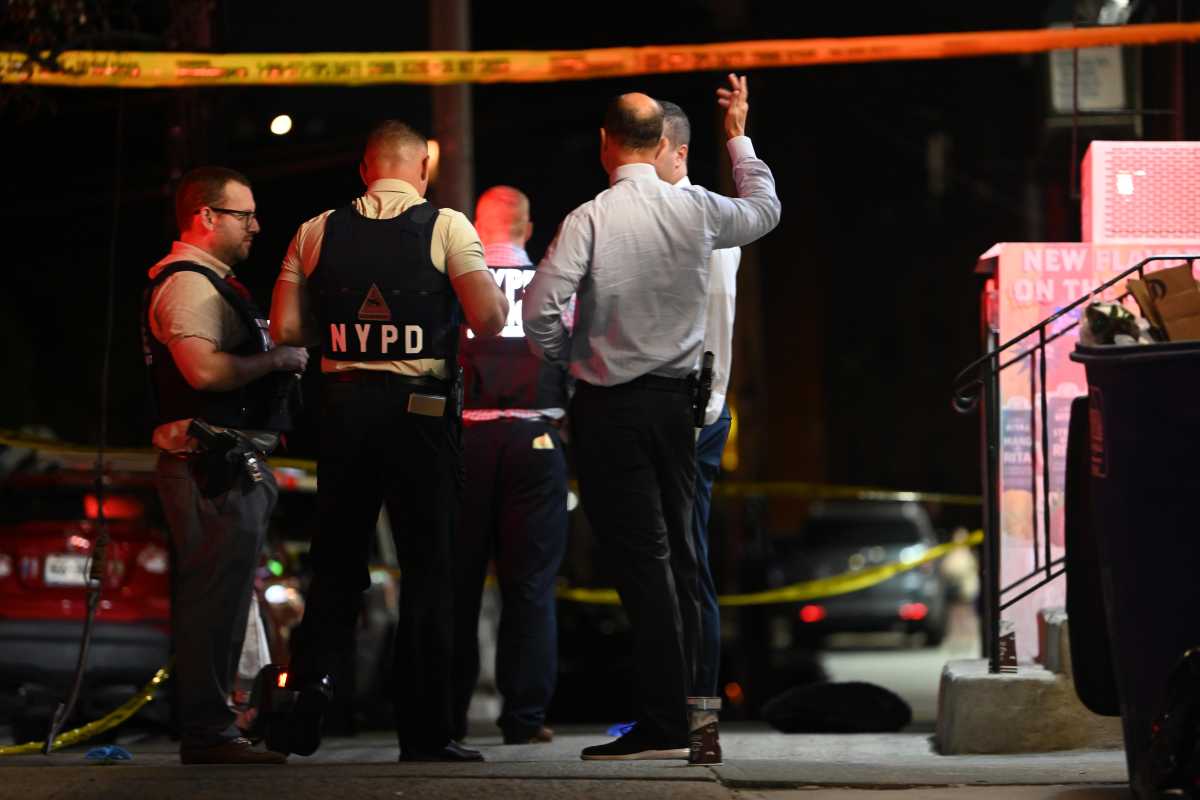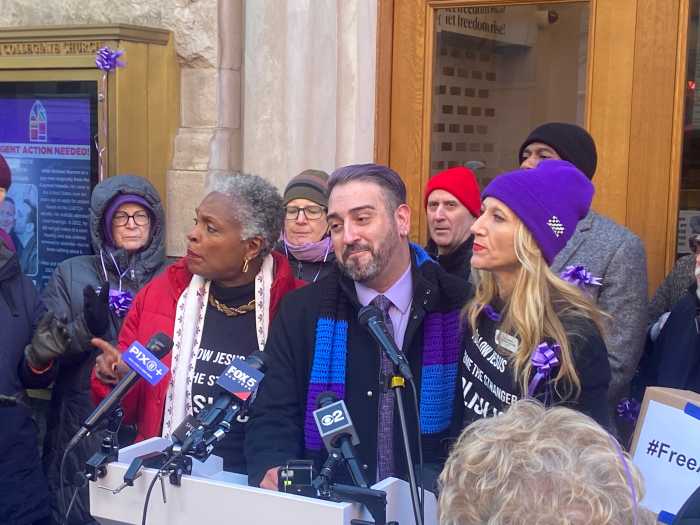One week into Phase 1 of the Queens Bus Network Redesign, it’s going very smoothly — and that’s due to effective planning and a massive communication effort.
Thanks go to hundreds of volunteer ambassadors, mostly MTA employees, who are taking time from their regular roles to help educate and direct Queens riders to new service options for shorter, faster commutes.
LaGuardia Airport travelers and employees say they love the new Q90’s more direct ride from Flushing to that airport. We’re also hearing from Q98 Limited passengers who are thrilled to be on a route that bypasses congested streets to deliver a speedy connection between Ridgewood and Flushing.
We’re grateful to bus operators who trained extensively and seamlessly switched to new routes literally overnight. We also appreciate the NYC Department of Transportation for making a whopping 1,600 changes to bus stop signs to avoid confusion as riders sorted out new ways to get where they had to go.
With time, we’re hoping to see the same kind of boroughwide speed increases that followed our most recent redesign in the Bronx. In the months after implementation in summer 2022, local buses ran 4% faster on the 13 routes that were remapped, while overall speeds increased 2% on weekdays and 3% on weekends.
Every second we can give New Yorkers back in their day counts, which is why I’m so passionate about these redesigns. They’ve been in the works for almost a decade.
We started with express buses on Staten Island; planning there began in 2017, and final changes took effect the following year. Then we moved on to the Bronx before tackling Queens, where Phase 2 is coming this August.
Next, it’s Brooklyn’s turn. We’ve already published a Draft Plan on the MTA website for the public to review, and will release the Proposed Final Plan later this year. Like its predecessors, this proposal will be finely tuned before it goes live.
Every redesign teaches us something new to bring to the next iteration. For example, this time around in Queens, we made sure to improve signage at the Guide-A-Ride canister on bus stop poles to include localized information about service and bus stop changes based on feedback from Staten Islanders and Bronxites.
We also significantly improved the route lookup tool on the MTA website to ensure that riders have all the tools they need to navigate the new network. Riders in Brooklyn and Manhattan can expect the same level of customer service.
I know change isn’t always easy, but it’s much needed. In Queens and Brooklyn, many bus lines still follow old trolley routes. Just think of how much New York has changed since they stopped running!
We want to improve and simplify the service map to get riders where they want to go now – not to 1937 destinations – and we’ll be with them every step of the way.
Demetrius Crichlow is MTA New York City Transit president.
